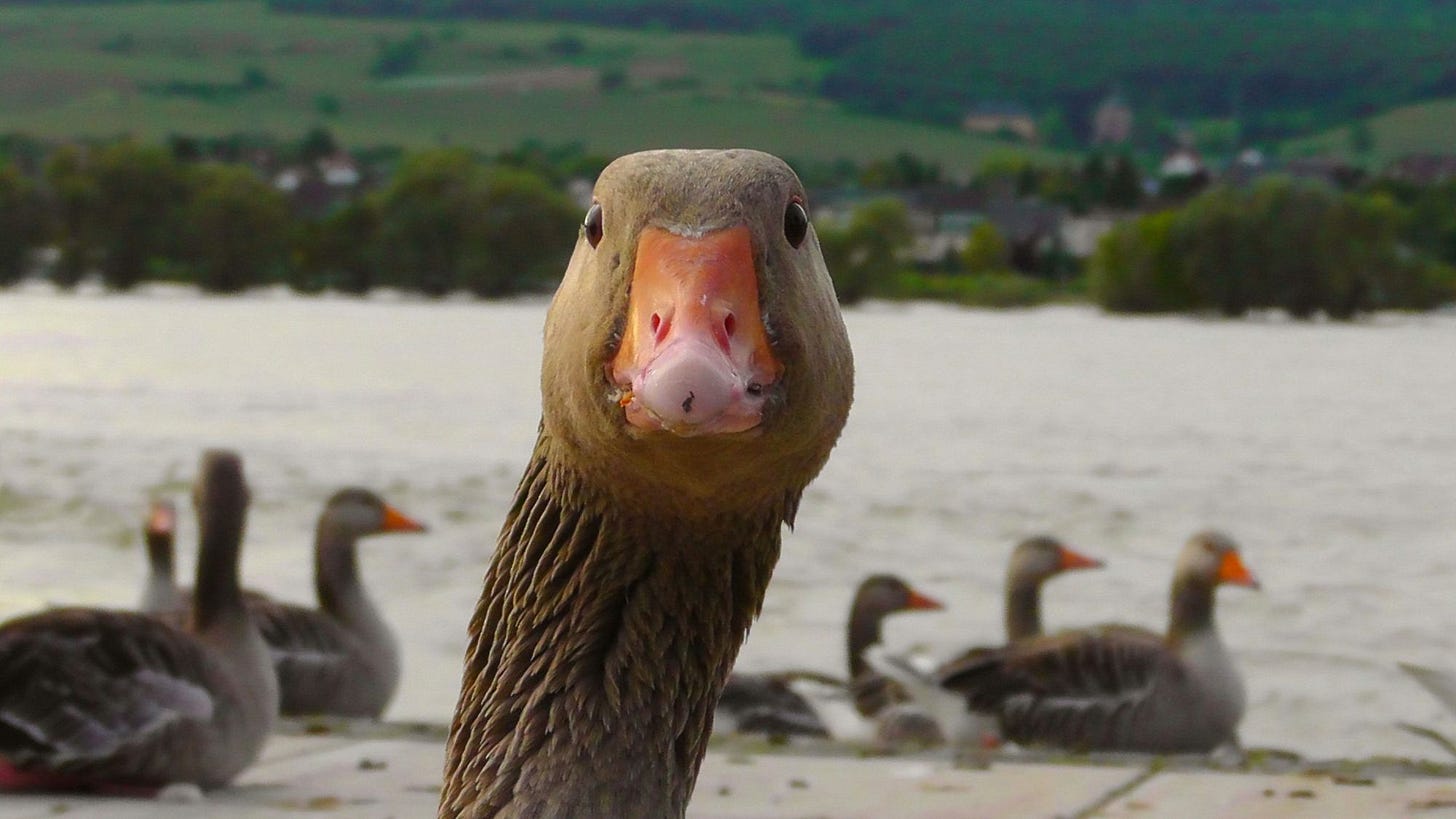🎓 Seafaring, War & Textiles
Micro-reviews from my recently-read pile: anthropology in the Eastern Eurasian plains, neolithic navigation tricks, & ways to source yarn.
I like to keep track of and reflect on the various things that I’ve read over the course of a month. Here's some neat stuff I read this month that didn't make it into a themed research overview.
Textiles
Spindle Whorls of British Columbia I learned that the indigenous peoples of British Columbia used to make yarn and string out of nettle before they gaine…
Keep reading with a 7-day free trial
Subscribe to Manuscriptions to keep reading this post and get 7 days of free access to the full post archives.



